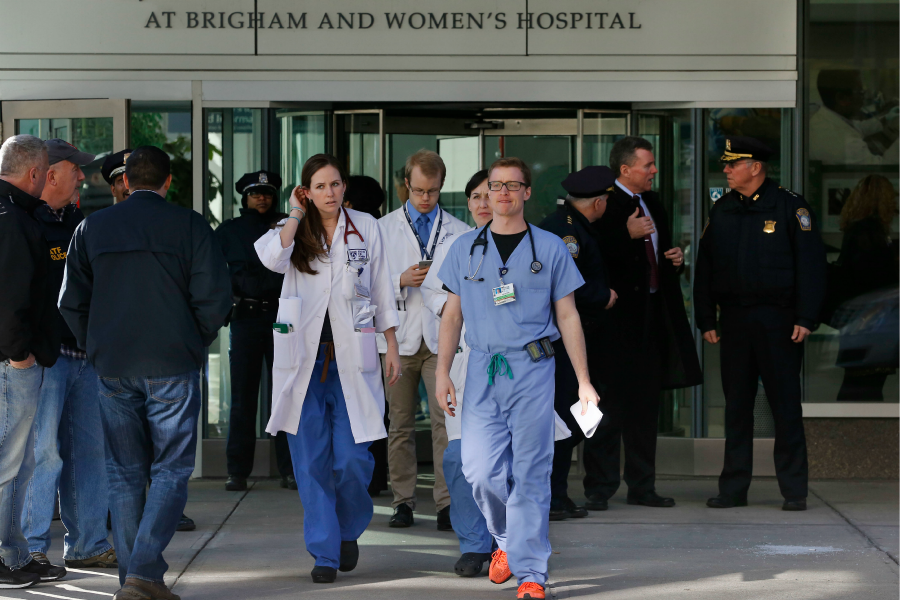Shooting at Boston's Brigham and Women's Hospital
Loading...
| BOSTON
A man suspected of shooting a doctor at a major Boston hospital on Tuesday later died of a "self-inflicted" gunshot wound, the city's Police Commissioner William Evans said, adding that the incident was over.
The victim in the shooting at Brigham & Women's hospital, a male doctor, sustained "life threatening" injuries, police said. Police added that they had recovered the gun used in the incident.
The motive for the shooting was unclear, but Evans told reporters that the shooter, also male, had asked for his victim by name before attacking him.
"There was a particular reason why he targeted this doctor," Evans told reporters.
Police have yet to identify the shooter or the victim, who Evans said is being treated in the emergency room at Brigham & Women's.
Brigham & Women's, located in downtown Boston amid a cluster of major healthcare facilities, is a teaching hospital for Harvard Medical School.
(Reporting by Scott Malone and Richard Valdmanis; Editing by Susan Heavey and Christian Plumb)





